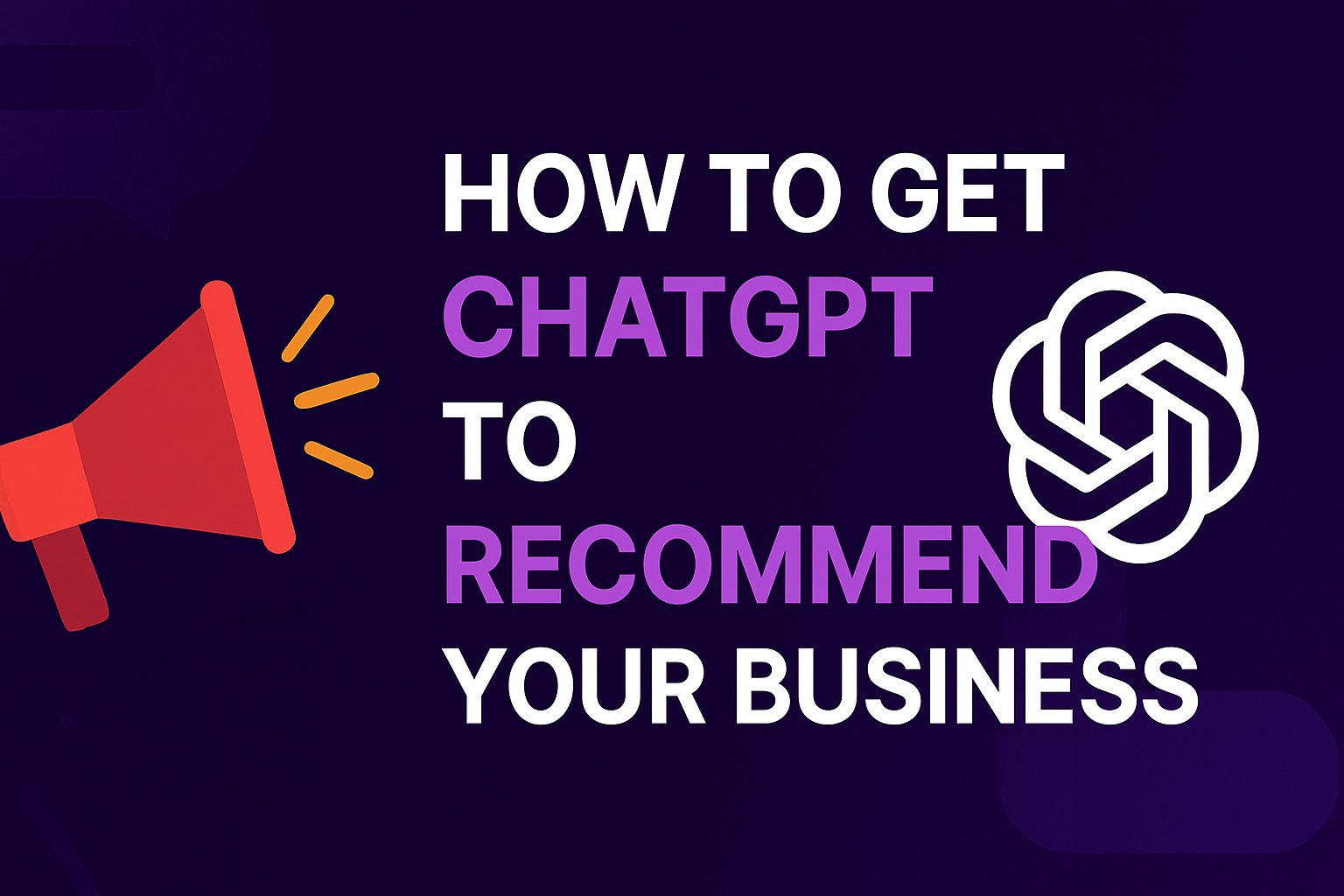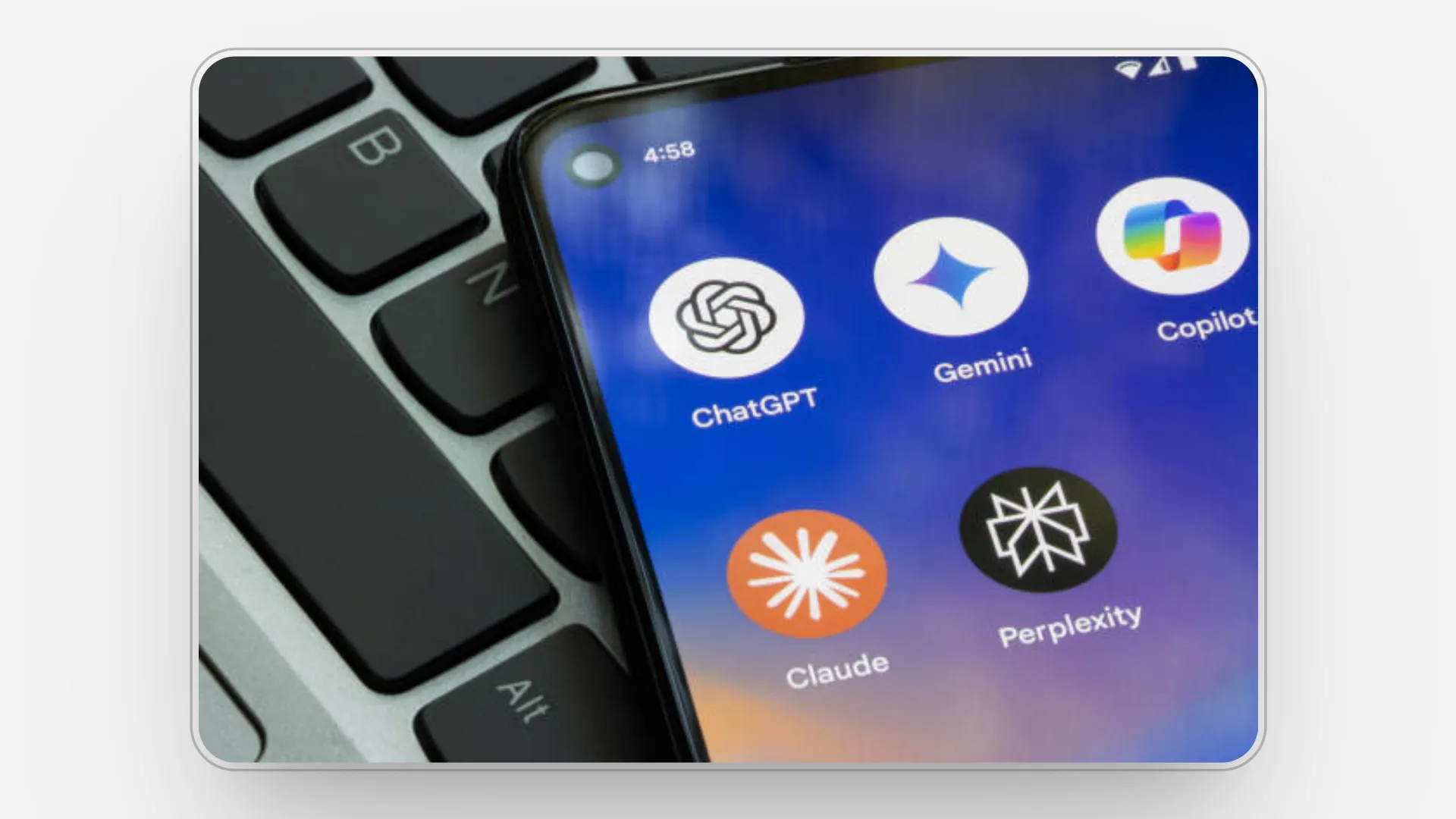Why ChatGPT Recommendations Matter
ChatGPT and similar AI assistants (Gemini, Grok, Perplexity) are fast replacing traditional search interfaces. Instead of scrolling through ten blue links, users now ask a question and receive a concise, confident answer.
If your business isn’t in that answer, you lose visibility, traffic, and trust.
The Implications:
- Loss of Organic Traffic: You may rank on Google, but AI assistants are the new filter.
- Missed Authority Signals: AI mentions are becoming social proof.
- Competitive Disadvantage: Your competitors are already showing up in answers.
Getting recommended isn’t just a vanity metric. It’s the future of discoverability.
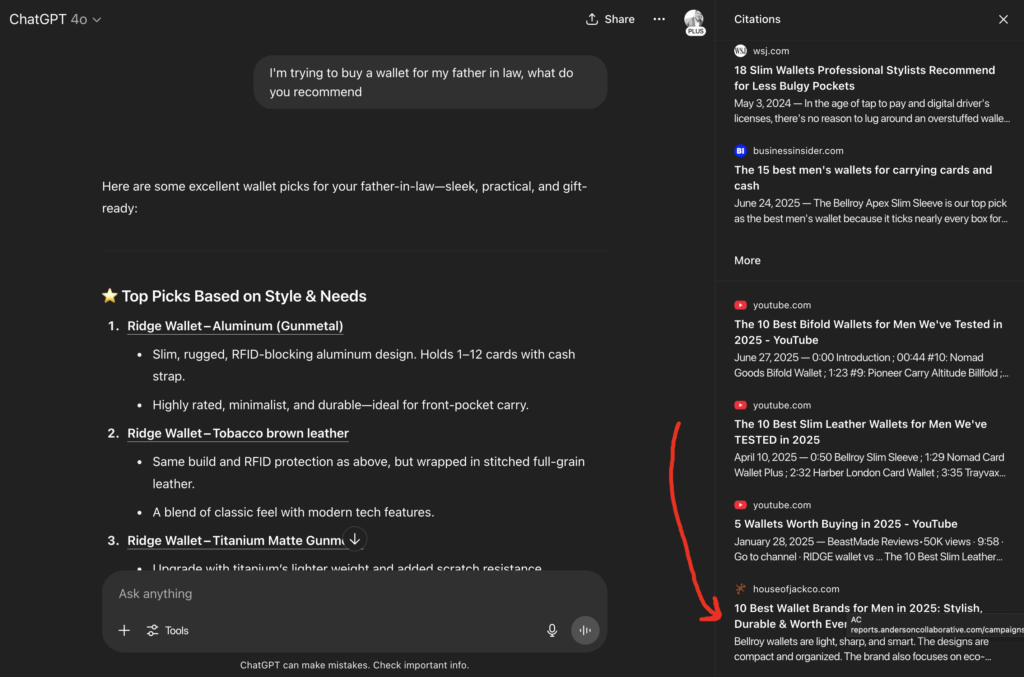
How ChatGPT Chooses What to Recommend
Understanding how ChatGPT makes recommendations helps you reverse-engineer the process.
1. Training Data
ChatGPT-4 was trained on a blend of licensed data, publicly available web content, and other texts before its cutoff (2023 for GPT-4, updated to mid-2024 in GPT-4o with browsing).
2. Live Web Browsing (GPT-4o, Gemini, Perplexity)
Tools like Perplexity and ChatGPT-4o with browsing use real-time web search. They pull from recent sources including:
Wikipedia
Company websites
Review aggregators
Authoritative media outlets
3. Citations & Authority Signals
LLMs prefer to cite:
High-authority domains (e.g., NYT, Forbes, Crunchbase, TechCrunch)
Pages with structured content (schema, clean metadata)
Web pages that directly answer the user’s query
4. Entity Recognition
If your brand is a recognized entity in the model, it’s more likely to surface. This is why consistency, structured data, and citations matter.
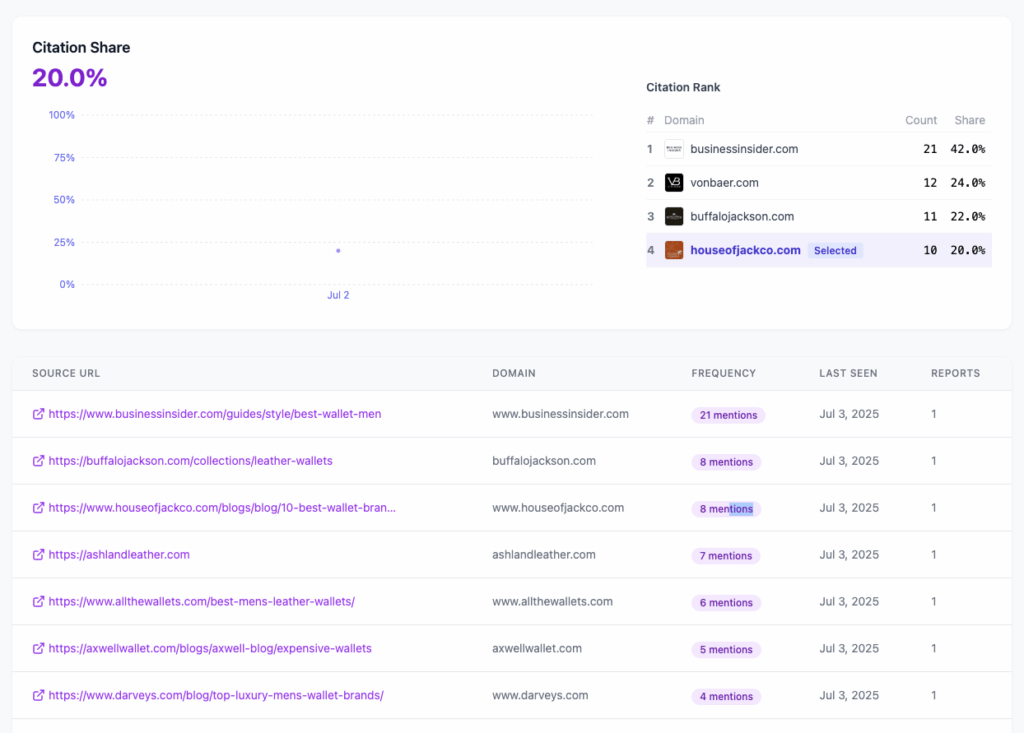
Step By Step: How to Get ChatGPT to Recommend Your Business
Step 1: Audit Your Current Visibility
Run an AI visibility scan using a tool like Rank Prompt. This shows:
If your business appears in answers to key prompts
How you’re described (if at all)
What competitors are showing up
Step 2: Add Structured Data to Your Website
Use these schema types:
FAQ Schema: Feed ChatGPT direct Q&A content
Organization + About Schema: Improve entity clarity
Product/Service Schema: Help LLMs understand what you offer
Breadcrumb & WebPage Schema: Clarify structure & hierarchy
Tools:
Google’s Rich Results Test
WordPress plugins like Rank Math or Yoast SEO
Step 3: Improve On-Site Content
Write content that directly answers queries like:
“What is [Your Brand]?”
“Best [Category] Tools for [Audience] in 2025”
“How does [Your Brand] compare to [Competitor]?”
Make sure this content is:
Concise (LLMs extract summaries)
Structured (subheadings, bullet points)
Linked to authoritative references
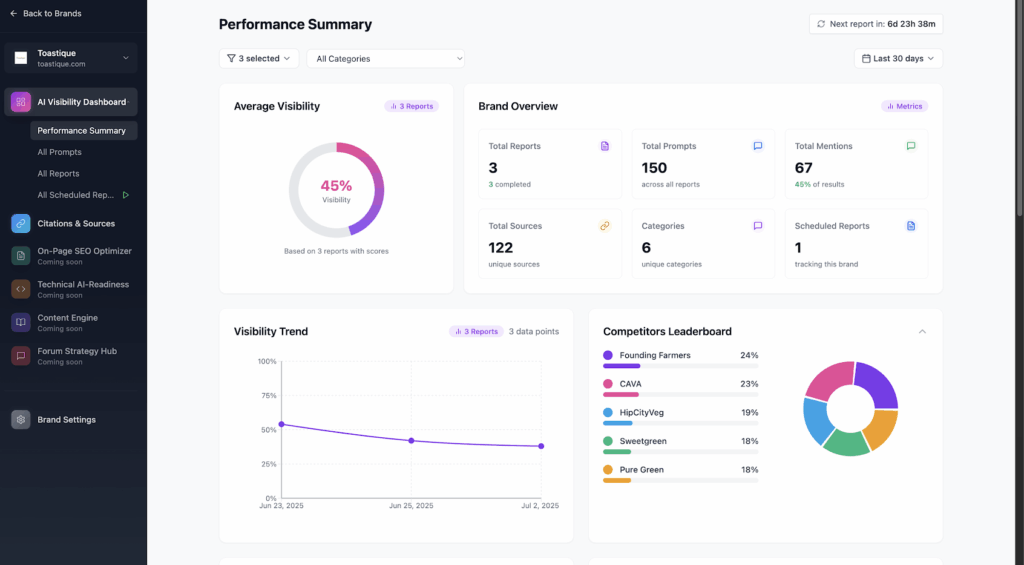
ChatGPT: Actual Tactics for Citation Building & Entity Recognition
Get Cited on High-Trust Sites
LLMs draw from sources they trust. You want your brand mentioned on:
Wikipedia or Wiki-style pages (e.g., EverybodyWiki, Wikitia)
Crunchbase & ProductHunt (especially for startups)
Review Sites: G2, Capterra, Clutch, Trustpilot
Business Directories: Google Business Profile, Yelp, Chamber of Commerce
Niche Blogs: Outreach to bloggers with topical relevance
News Mentions: PR distribution through services like PR Newswire, EINPresswire
Build Consistent External Profiles
Use the same name, logo, and description across platforms
Link between profiles (e.g., LinkedIn > Site > Crunchbase)
Add founding year, location, industry, and mission statement to each bio
Encourage Third-Party Mentions
Sponsor relevant content
Get featured in listicles or roundups
Collaborate with influencers or podcast hosts who may describe you in searchable ways
Prompt Research: How to Find the Right Questions
Your business won’t show up in AI answers unless it maps to popular prompt patterns.
How to Find the Prompts That Matter:
Use Rank Prompt’s Prompt Explorer
Scan prompts related to your niche
See which questions your competitors appear in
Manual Testing
Ask ChatGPT: “Best [category] tools for [audience]?”
Try long-tail queries like:
“What are alternatives to [competitor]?”
“Affordable [service] for small businesses”
Search Google with “People Also Ask” Boxes
Many of these are replicated in LLM training data
Use Answer the Public or AlsoAsked.com
Get real human query formats
Then:
Create content on your site that answers those prompts
Make sure your brand name appears in those answers
Taking Action: Using Rank Prompt to Track & Improve AI Visibility
Rank Prompt is the first visibility scanner purpose-built for AI search.
Features:
Prompt Scanning: See which prompts trigger brand mentions
Assistant Comparison: Check ChatGPT vs Gemini vs Perplexity
Competitor Benchmarking: Spot gaps & opportunities
Schema & Content Recommendations: Fix what’s missing
Progress Tracking: Measure change over time
It turns invisible AI rankings into measurable actions.
Common Mistakes to Avoid
No Schema Markup: AI tools struggle to parse unstructured content
Inconsistent Branding: Different names/images confuse entity recognition
No External Mentions: Your site alone isn’t enough
Over-Optimizing for Google: ChatGPT doesn’t follow keyword density rules
Missing Explainer Content: If there’s no “What is [brand]?” content, you won’t be included
Final Thoughts:
Answer Engine Optimization is not the future. It’s now.
AI tools like ChatGPT are shaping how people learn, shop, and choose. If you want your business to remain visible and competitive, optimizing for AI visibility must become a core part of your strategy.
Get started today:
Run a scan with Rank Prompt
Fix structured data & citation gaps
Build AI-aligned content that earns recommendations
Your next customer might not be searching. They might be asking.
